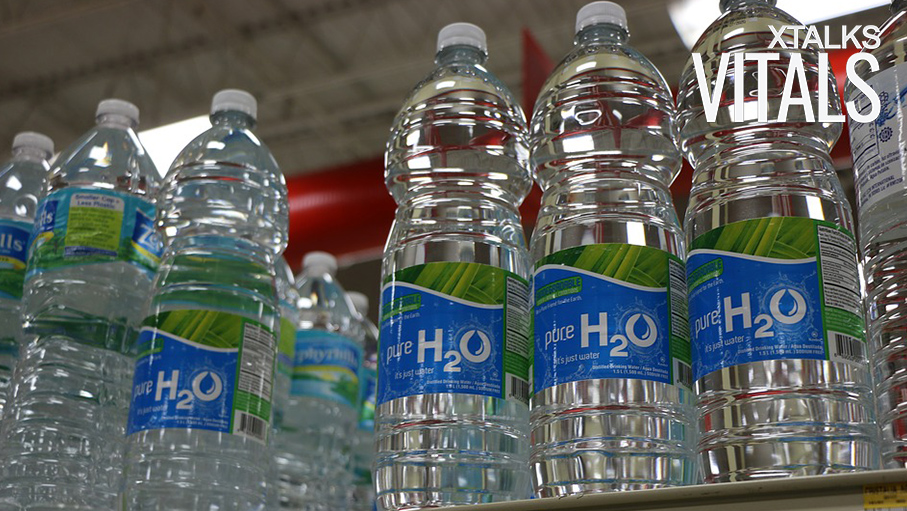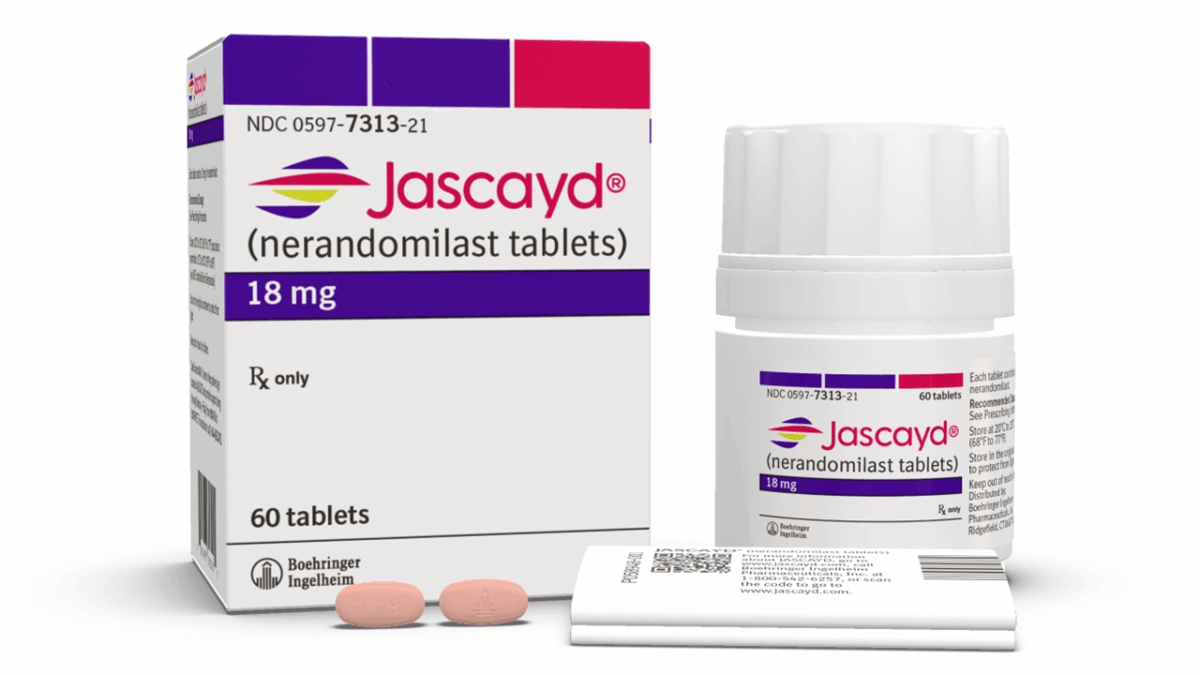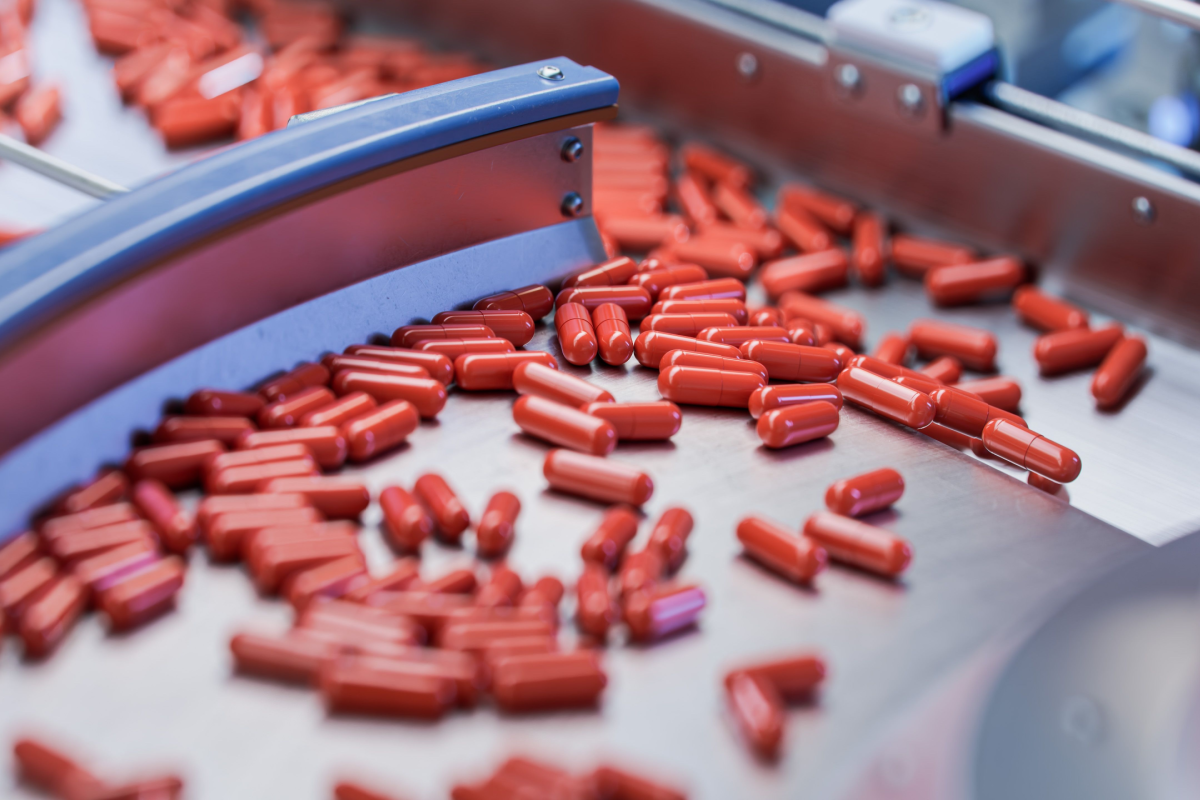A chemical used in the production of plastic products – called bisphenol S (BPS) – could be just as harmful to reproductive health as its chemically-related compound, bisphenol A (BPA). BPS was introduced as a substitute to BPA, however a new study on fertility suggests it may not be as harmless as previously thought.
BPS is commonly found in a number of consumer products, including water bottles, thermal receipt paper and epoxy glues. The compound has also been incorporated into many BPA-free products, as BPS has similar physical properties and characteristics.
In order to determine whether BPS has similar toxic effects on the reproductive system as BPA, researchers at UCLA exposed Caenorhabditis elegans roundworms to equivalent levels of the chemicals to those commonly found in humans. Used as a laboratory model, C. elegans’ reproductive processes are similar to those found in humans.
Compared to control worms, those worms that were exposed to either BPA or BPS in isolation, or a combination of the two, showed decreased fertility. Interestingly the researchers found that the effects were measurable even in low doses of BPS, suggesting that BPS may have an even greater detrimental effect on the reproductive system compared to BPA.
The effects of the chemicals were most pronounced when the researchers analyzed the viability of early embryos. As the roundworm’s reproductive system is similar to that of a human’s, the researchers believe that these results could be translatable. The results of this research were published in the journal, PLOS Genetics.
“This study clearly illustrates the issue with the ‘whack-a-mole’ approach to chemical replacement in consumer products,” said Patrick Allard, assistant professor of environmental health sciences at the UCLA Fielding School of Public Health, and the senior author on the study. “There is a great need for the coordinated safety assessment of multiple substitutes and mixtures of chemicals before their use in product replacement. But the good news is that a number of governmental programs and academic labs are now moving in that direction.”












Join or login to leave a comment
JOIN LOGIN